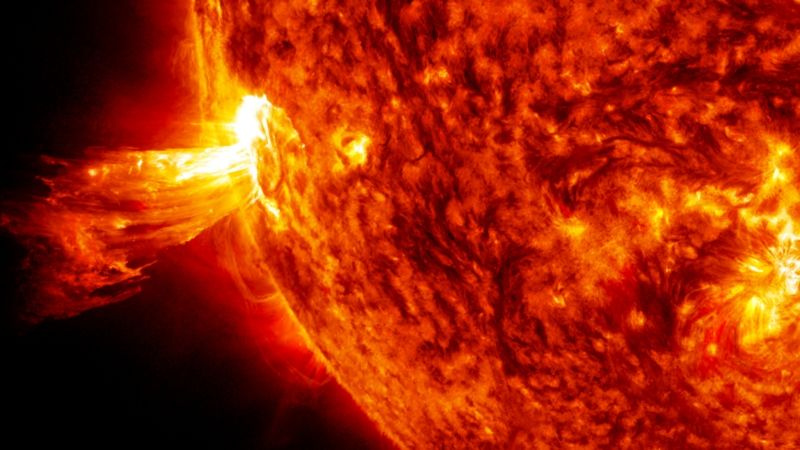Identical photons generated 150 million kilometers apart

Enlarge / A nearby source of quantum photons. (credit: NOAA)
Up until the mid-20th century, light was pretty ordinary. Yes, it was both a particle and a wave, but it didn't do anything very weird. Then scientists, under-employed after the end of World War II, started paying more attention to the properties of light. This was, in part, driven by the availability of surplus searchlights, which could be turned into cheap arrays of light detectors to measure the properties of stars.
That began the photon gold rush, with scientists identifying all sorts of interesting potential behaviors. But actually observing them would require having rather special light sources, which didn't exist. Now, scientists have shown that our own Sun can be turned into one of these light sources.
A herd of identical photonsWhen two photons are indistinguishable, they can be made to play some unexpected tricks. The diagram below shows an example: two identical photons hit a partially reflective mirror at the same time. We cannot predict where they will go, but wherever it is, they go together. If the world was classical, we would expect that each behaves independently, and half the time, they would choose different directions. But we're in a quantum world, so this doesn't happen.
Read 13 remaining paragraphs | Comments